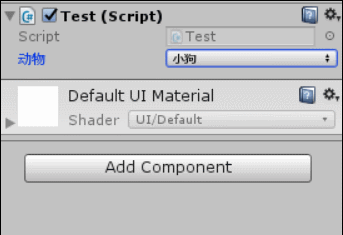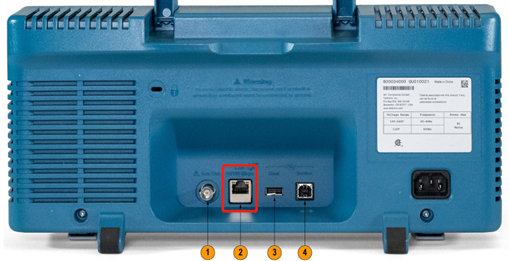Jwt Bearer and dependency injection(Jwt Bearer 和依赖注入)
问题描述
我正在尝试配置我的 Jwt Bearer 颁发者密钥,但在生产中,我通常使用由 KeyManager 包装的 Azure Key Vault.KeyManager 类是在依赖注入中配置的,但是在 ConfigureServices 方法中我不能使用它(显然),但是如果我不能使用它,我就无法检索我的密钥.
I am trying to configure my Jwt Bearer issuer key but, in production usually, I use Azure Key Vault wrapped by a KeyManager.
The KeyManager class is configured in Dependency Injection but, in ConfigureServices method I cannot use that (obviously), but if I cannot use that I cannot retrieve my key.
我目前的解决方案是建立一个临时服务提供者并使用它,但我认为不是最先进的(我需要创建两个单例副本,不是最好的).
My solution at the moment is to build a temporary service provider and use it, but I think is not the state of the art (and I need to create two copies of singletons, not the best).
services.AddAuthentication(options =>
{
options.DefaultAuthenticateScheme = JwtBearerDefaults.AuthenticationScheme;
options.DefaultChallengeScheme = JwtBearerDefaults.AuthenticationScheme;
options.DefaultSignInScheme = JwtBearerDefaults.AuthenticationScheme;
}).AddJwtBearer(JwtBearerDefaults.AuthenticationScheme, options =>
{
ServiceProvider sp = services.BuildServiceProvider();
IKeyManager keyManager = sp.GetService<KeyManager>();
options.TokenValidationParameters = new TokenValidationParameters
{
ValidateIssuerSigningKey = true,
IssuerSigningKey = keyManager.GetSecurityKeyFromName("jwt").Result,
ValidIssuer = "https://api.example.com",
ValidateIssuer = true
};
options.Audience = "https://api.example.com";
options.Authority = "https://api.example.com";
options.SaveToken = true;
});
推荐答案
使用 选项模式并实现IConfigureNamedOptions<JwtBearerOptions>:
public class ConfigureJwtBearerOptions : IConfigureNamedOptions<JwtBearerOptions>
{
private readonly IKeyManager _keyManager;
public ConfigureJwtBearerOptions(IKeyManager keyManager)
{
_keyManager = keyManager;
}
public void Configure(JwtBearerOptions options)
{
options.TokenValidationParameters = new TokenValidationParameters
{
ValidateIssuerSigningKey = true,
IssuerSigningKey = _keyManager.GetSecurityKeyFromName("jwt").Result,
ValidIssuer = "https://api.example.com",
ValidateIssuer = true
};
options.Audience = "https://api.example.com";
options.Authority = "https://api.example.com";
options.SaveToken = true;
}
public void Configure(string name, JwtBearerOptions options)
{
Configure(options);
}
}
在Startup.cs中:
services.AddAuthentication(options =>
{
options.DefaultAuthenticateScheme = JwtBearerDefaults.AuthenticationScheme;
options.DefaultChallengeScheme = JwtBearerDefaults.AuthenticationScheme;
options.DefaultSignInScheme = JwtBearerDefaults.AuthenticationScheme;
}).AddJwtBearer();
services.ConfigureOptions<ConfigureJwtBearerOptions>();
这篇关于Jwt Bearer 和依赖注入的文章就介绍到这了,希望我们推荐的答案对大家有所帮助,也希望大家多多支持编程学习网!
本文标题为:Jwt Bearer 和依赖注入


- MoreLinq maxBy vs LINQ max + where 2022-01-01
- C#MongoDB使用Builders查找派生对象 2022-09-04
- 输入按键事件处理程序 2022-01-01
- 带有服务/守护程序应用程序的 Microsoft Graph CSharp SDK 和 OneDrive for Business - 配额方面返回 null 2022-01-01
- C# 中多线程网络服务器的模式 2022-01-01
- 良好实践:如何重用 .csproj 和 .sln 文件来为 CI 创建 2022-01-01
- 在哪里可以找到使用中的C#/XML文档注释的好例子? 2022-01-01
- Web Api 中的 Swagger .netcore 3.1,使用 swagger UI 设置日期时间格式 2022-01-01
- 如何用自己压缩一个 IEnumerable 2022-01-01
- WebMatrix WebSecurity PasswordSalt 2022-01-01









